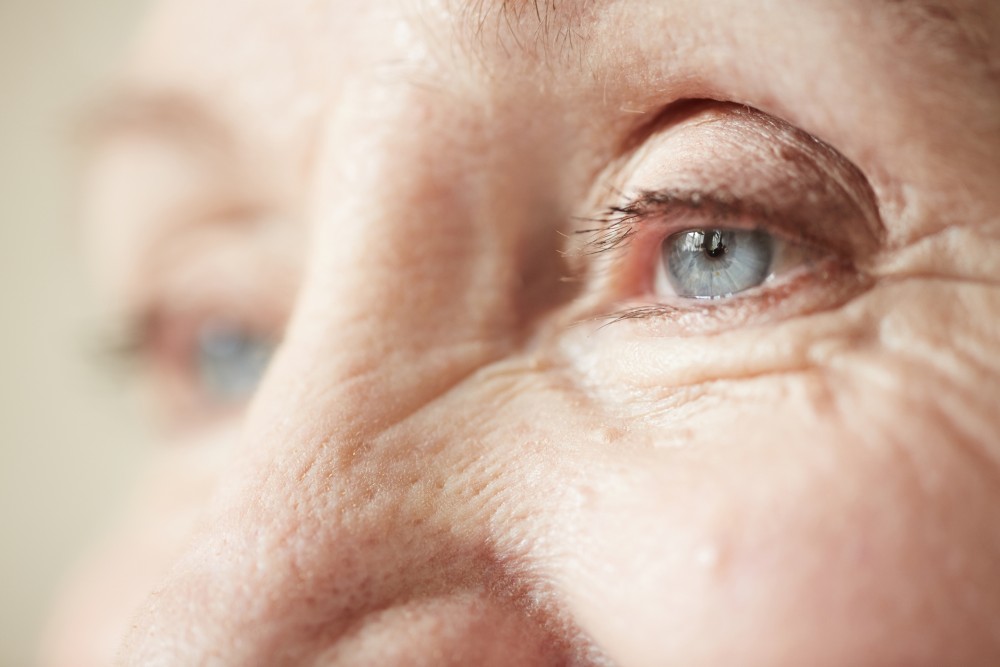What does Christian vocation look like for the elderly?
God calls us to serve the world with our bodies—even when those bodies are failing.

God invites us to participate in God’s life in all the ages and conditions in which we live, from the days of youth “even to old age and gray hairs” (Ps. 71:18). But what does vocation look like for older adults as increasingly the body wears out, the mind may show evidence of less clarity, and the focus is less on activity than at other times of life? Older adulthood—characterized by a chronological age beyond 75 or 80 years—is often marked by the loss of family and friends to death, the loss of physical capacities, and the loss of independence. John’s Gospel captures these experiences: “Very truly, I tell you, when you were younger, you used to fasten your own belt and to go wherever you wished. But when you grow old, you will stretch out your hands, and someone else will fasten a belt around you and take you where you do not wish to go” (John 21:18).
If vocation is about God’s call to persons (and communities) claiming us across the whole of our lives, surely God calls older adults to vocations of service and love too. But life and vocation in older adulthood are distinctive.
Before his death at age 91, psychologist Erik Erikson jotted down notes for a revision of his book The Life Cycle Completed. In that book he had named eight chronological stages of human development, each accompanied by a developmental task. For example, infants struggle to trust the world, and young adults struggle to find intimacy.





